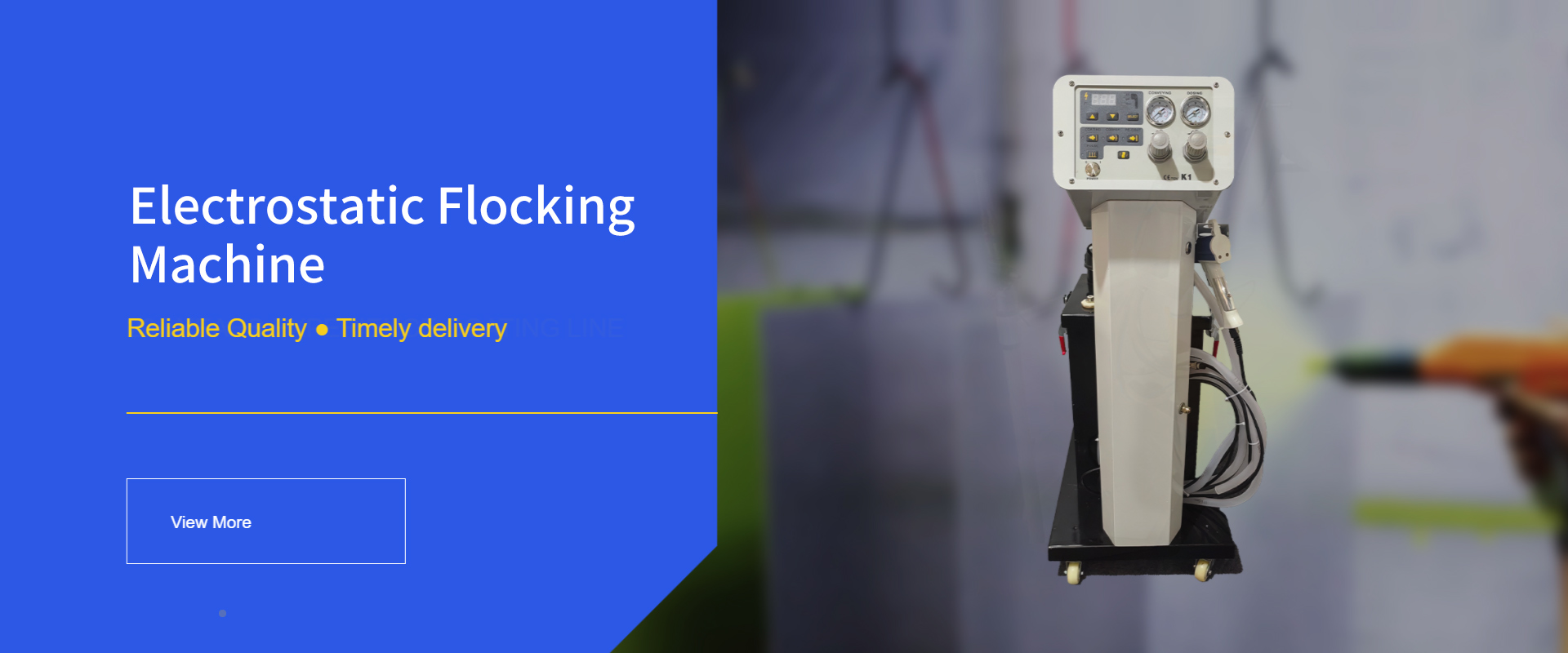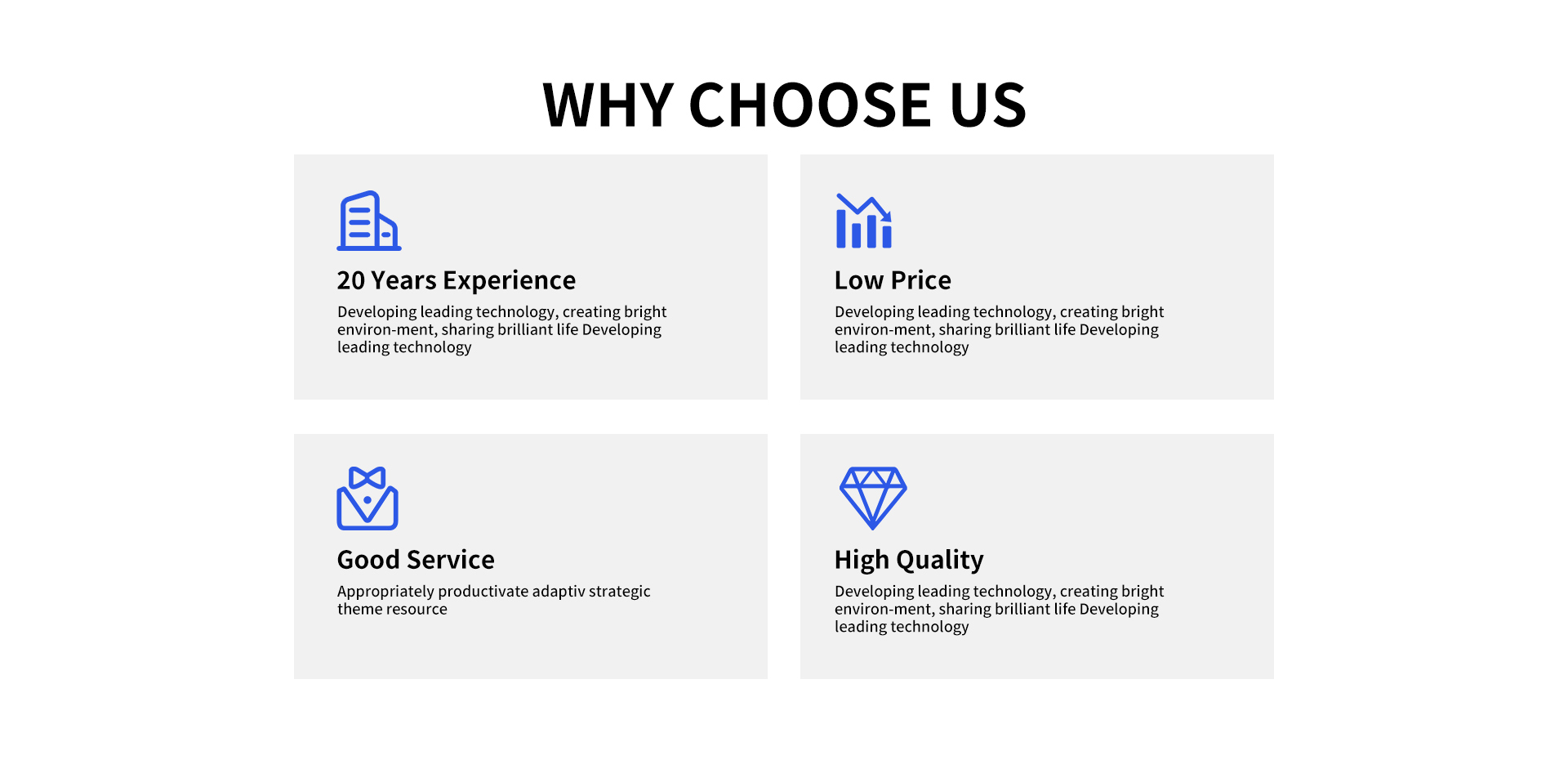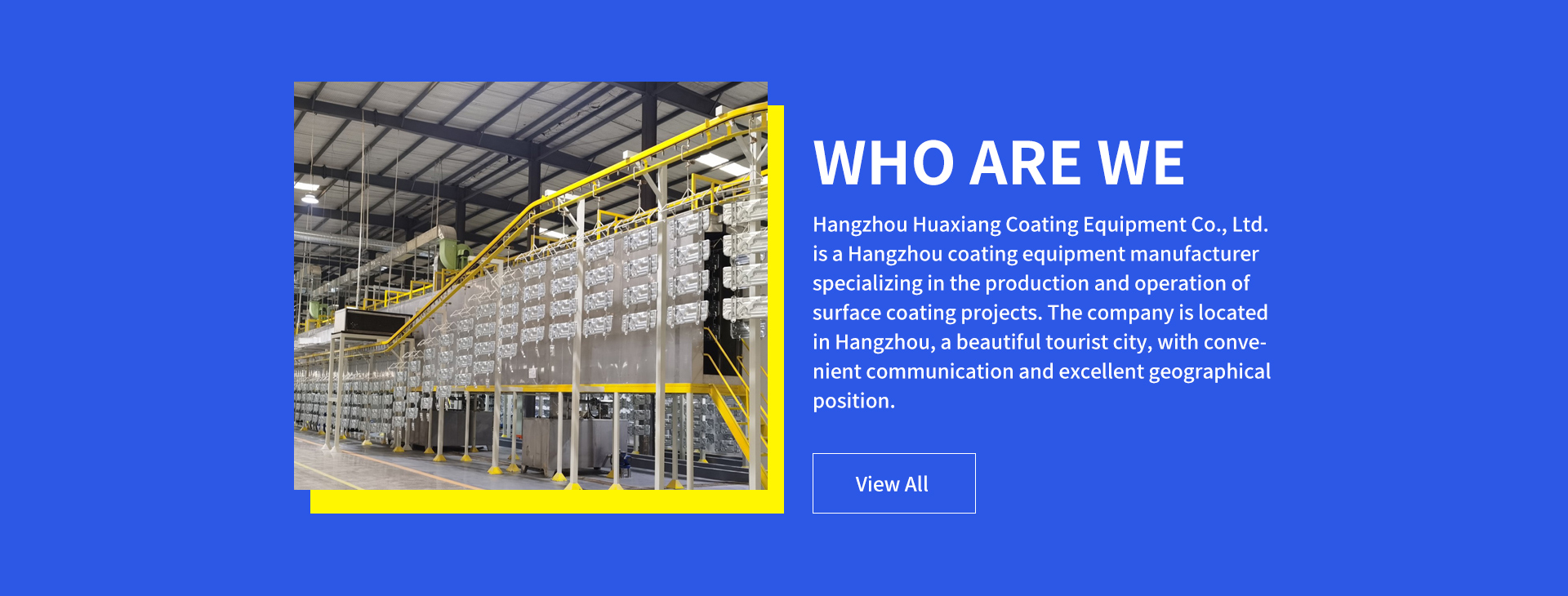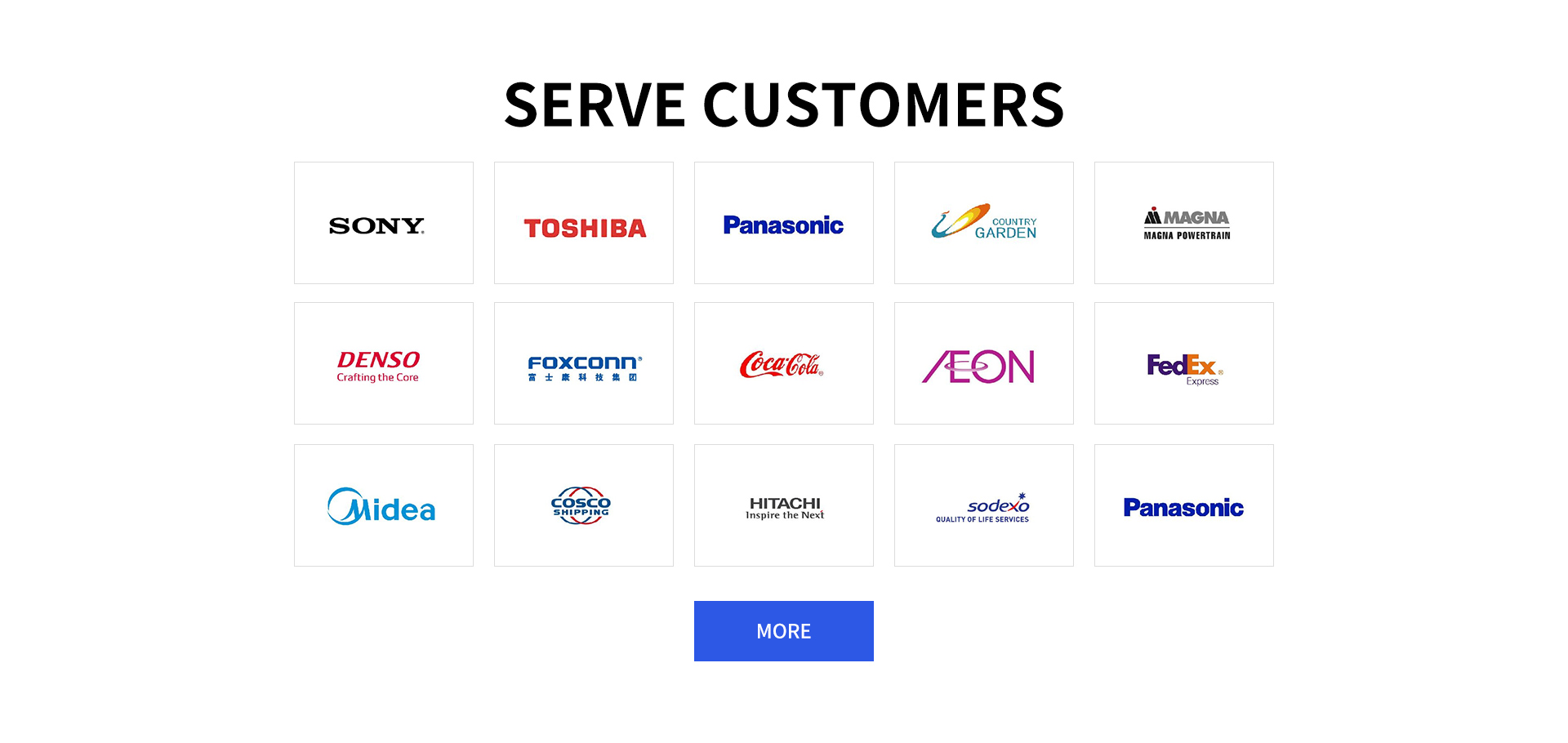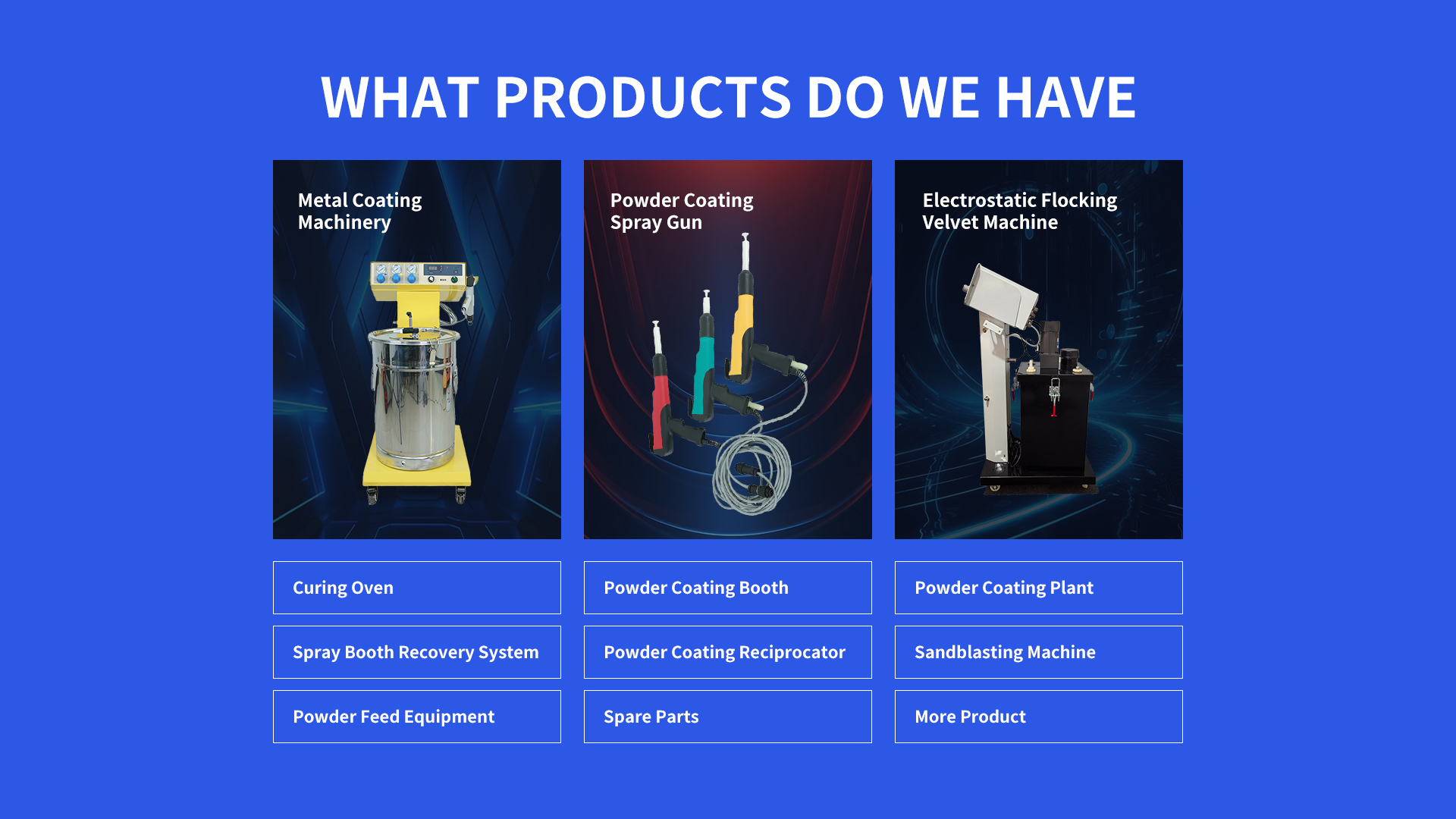Industrial Powder Coating Curing Oven: A Consumer's Complete Reference
Industrial Powder Coating Curing Ovens meet high demand across manufacturing sectors. Prices range from (5,000 for compact units to over )50,000 for large industrial models, based on size, temperature range, and automation features. Their efficiency drives adoption in auto, aerospace, and metal fabrication.
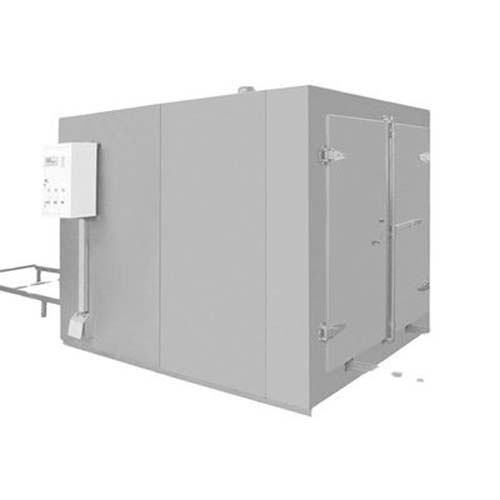
Industrial Powder Coating Curing Oven: Introduction to Coating Projects
Industrial Powder Coating Curing Ovens are central to diverse coating projects. In automotive manufacturing, they cure coatings on chassis parts, ensuring resistance to road salts and impacts. For aerospace, they handle lightweight alloys, providing finishes that withstand extreme temperatures. Metal furniture makers use them to coat frames, creating scratch - proof surfaces for offices and homes. These ovens ensure consistent curing, making projects durable and visually appealing.
Industrial Powder Coating Curing Oven: Industrial Powder Coating Gun Surface Treatment Technology
Industrial Powder Coating Curing Ovens work with Industrial Powder Coating Guns in surface treatment. The gun applies electrostatically charged powder to workpieces, ensuring even adhesion. After application, parts enter the oven. Here, heat (typically 350 - 450°F) melts the powder, which flows and forms a continuous film. This process bonds the coating to the surface, enhancing durability and corrosion resistance beyond traditional painting.
Industrial Powder Coating Curing Oven: What Is It
An
Industrial Powder Coating Curing Oven is a specialized unit designed to cure powder coatings on metal and other surfaces. It uses controlled heat to trigger chemical reactions in the powder, forming a hard, protective layer. These ovens come in batch or conveyor - based designs, with precise temperature controls to match different powder types. They are built with insulation to retain heat, ensuring energy efficiency and uniform curing.
Industrial Powder Coating Curing Oven: Components
Heating Elements: These generate the required temperature. Options include electric heaters, gas burners, or infrared panels. Gas burners are cost - effective for large ovens, while electric elements offer precise control for small - scale operations.
Temperature Control System: A thermostat and sensors monitor and adjust heat levels. Advanced systems use digital controls to maintain consistent temperatures, critical for proper curing. Some include programmable settings for different powder formulations.
Air Circulation Fans: These distribute heat evenly throughout the oven chamber. Proper airflow prevents hot spots, ensuring every part of the workpiece cures at the same rate. Fans are positioned to maximize coverage, even with irregularly shaped items.
Industrial Powder Coating Curing Oven: Advantages of Industrial Powder Coating Gun
When paired with
Industrial Powder Coating Curing Ovens, Industrial Powder Coating Guns offer key benefits. They reduce material waste, as excess powder can be recycled. The electrostatic application ensures thick, even coats without drips. This combination produces finishes with higher impact resistance than liquid paints. Guns also allow quick color changes, boosting efficiency in custom coating projects.
Industrial Powder Coating Curing Oven: How to FAQs
How to Determine the Right Temperature for Industrial Powder Coating Curing Oven
How to Clean Industrial Powder Coating Curing Oven Properly
Turn off and cool the oven. Remove loose powder with a soft brush or vacuum. Wipe interior surfaces with a dry cloth to avoid moisture. For baked - on residue, use a plastic scraper (avoid metal to prevent scratches). Clean fans and vents to maintain airflow. Repeat after every 10 - 15 uses to prevent buildup. Key Word: Oven Maintenance.
How to Choose Between Batch and Conveyor Industrial Powder Coating Curing Oven
Batch ovens suit small - volume, large - part projects (e.g., machinery components). They offer flexibility for varying part sizes. Conveyor ovens work for high - volume, consistent - size items (e.g., automotive parts). Consider production speed—conveyors boost throughput. Evaluate space: batch ovens need loading area, conveyors require linear space. Key Word: Oven Type Selection.
How to Ensure Safety When Using Industrial Powder Coating Curing Oven
How to Extend the Lifespan of Industrial Powder Coating Curing Oven
Follow the manufacturer’s maintenance schedule. Lubricate moving parts (conveyor belts, fan motors) quarterly. Replace worn gaskets to retain heat. Avoid overloading to prevent strain on heating elements. Clean filters regularly to protect the fan. Store in a dry area to prevent rust. Address minor issues promptly to avoid major repairs. Key Word: Longevity Enhancement.
Statement: Hangzhou Huaxiang Coating Equipment Co., Ltd Chinese Powder Coating Equipment facturers provide you with customized equipment for various types of Powder Coating Lines, Powder Coating Ovens, Powder Coating Booths,Powder Coating Guns, etc. For inquiries! Contact us at
Email: gezx@cncolourspray.com
WhatsApp: +86 13335812068

